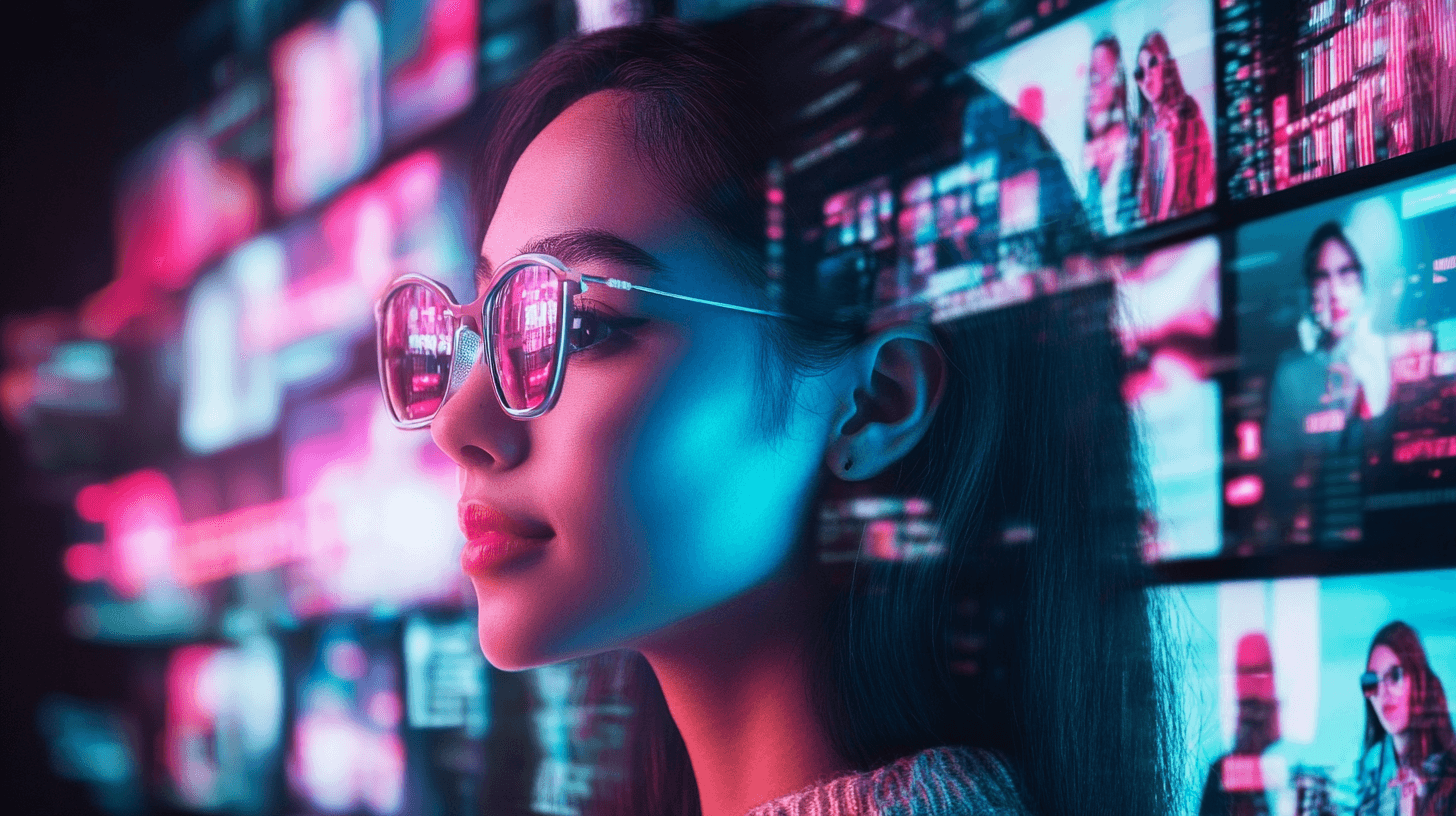
Virtual Influencers: The Next Level of Social Media Marketing
The world of social media is constantly evolving, and one of the most fascinating developments in recent years is the rise of virtual influencers. These digital characters, brought to life through computer-generated images (CGI), are gaining more and more popularity. They act like traditional influencers – they post, interact with followers, and collaborate with brands – but they do not exist in the real world. Virtual influencers open up entirely new possibilities for marketing and social media, and their role is expected to grow even further in the coming years.
What are virtual influencers?
Virtual influencers are digital characters, often created in 3D, capable of appearing on social platforms like Instagram, TikTok, and YouTube. Behind these figures is usually a team of developers, designers, and social media experts who ensure that the virtual influencer publishes realistic posts and interacts with followers. They have their own personalities, interests, and life stories, carefully constructed to build a strong connection with their followers.
Examples of well-known virtual influencers include Lil Miquela, a CGI model and singer with millions of followers, and Shudu, the first digital supermodel. Both have managed to attract major brands for collaborations, sparking interest and curiosity among a broad audience.
Why are virtual influencers so popular?
Virtual influencers offer several advantages that make them particularly attractive to brands and companies:
- Control over content: Since virtual influencers are entirely controlled by their creators, there are no unexpected scandals or unpredictable behaviors. The risk of an influencer causing negative publicity is minimized, providing greater security for brands.
- Creative freedom: Virtual influencers can be placed in any conceivable situation or environment. They can visit exotic locations without actually traveling or showcase extravagant looks that might be difficult to achieve in the real world. The possibilities are nearly limitless.
- Adaptability: Since they are not real, virtual influencers can be updated or modified at any time to follow current trends and developments. They do not age; they only change according to the will of the designers, meaning they can perfectly adapt to the times.
- Appeal to the younger generation: Generation Z and younger Millennials have grown up with technology and digital media, and they respond positively to innovative and digital concepts. Virtual influencers are fascinating to this target group, as they often embody technological advancements and futuristic lifestyles that resonate with this generation.
Virtual influencers in marketing
Brands are increasingly using virtual influencers to promote their products in innovative ways. These digital characters can seamlessly integrate into campaigns that require strong visual branding and help companies reach a younger, tech-savvy audience. Major fashion and cosmetics brands like Balmain and Calvin Klein have already used virtual influencers in their campaigns.
A key advantage in marketing is the ability of virtual influencers to communicate an authentic and consistent brand message. Since they can be fully controlled, they align perfectly with the brand’s image and interact in ways that fit the company’s strategic goals.
Moreover, virtual influencers offer the opportunity to incorporate emerging technologies such as Augmented Reality (AR) and Virtual Reality (VR) into user interactions. These technologies can be used to create immersive experiences where followers can engage with the influencers in ways that traditional influencers often cannot offer.
Challenges and criticism
Despite the hype surrounding virtual influencers, there are also concerns and challenges:
- Authenticity: One of the strongest factors that make traditional influencers successful is their authenticity. Followers value the connection to a real person with genuine experiences and opinions. While virtual influencers can appear authentic, they are ultimately controlled by a team, which may diminish the sense of realness for some users.
- Moral and ethical questions: Since virtual influencers can be entirely controlled, there are concerns about whether they can truly represent diversity and real life. Virtual figures like Shudu have sparked discussions about whether digital models inspired by non-white people are ethically acceptable when created and controlled by white designers.
- Trust: While many people are fascinated by virtual influencers, there are also followers who remain skeptical. The connection to a virtual character may be less emotional and personal for some than to a human influencer. Brands must consider these concerns to ensure their campaigns with virtual influencers do not lose the trust of their target audience.
The future of virtual influencers
Virtual influencers are more than just a fleeting trend – they are a sign of how deeply the digital world is impacting our lives and changing marketing and social interaction. In the future, they will likely gain even more significance, especially in the gaming and entertainment industries, where digital avatars and interactive experiences are becoming increasingly prevalent.
It is also possible that virtual influencers will become increasingly AI-powered, making them even more autonomous. With advanced artificial intelligence, they could generate their own content and interact with followers in ways that are almost indistinguishable from human interactions.
Conclusion: A glimpse into the future of influencer marketing
Virtual influencers demonstrate how social media and influencer marketing are moving towards a more digitalized and technology-driven world. They offer brands new ways to create creative and controlled campaigns while meeting the expectations of an increasingly digital-oriented audience.
Although they come with certain challenges, they also provide a platform capable of redefining the boundaries of marketing. In a future where the physical and virtual worlds increasingly merge, virtual influencers could play an even more significant role and further revolutionize how we experience social media.


